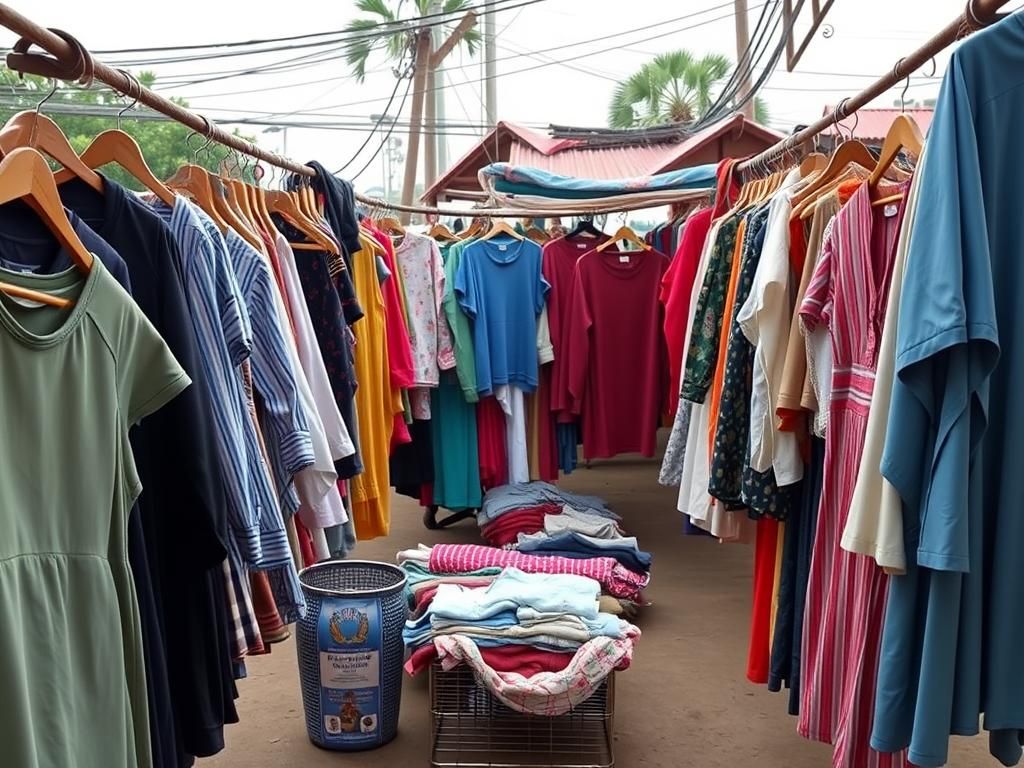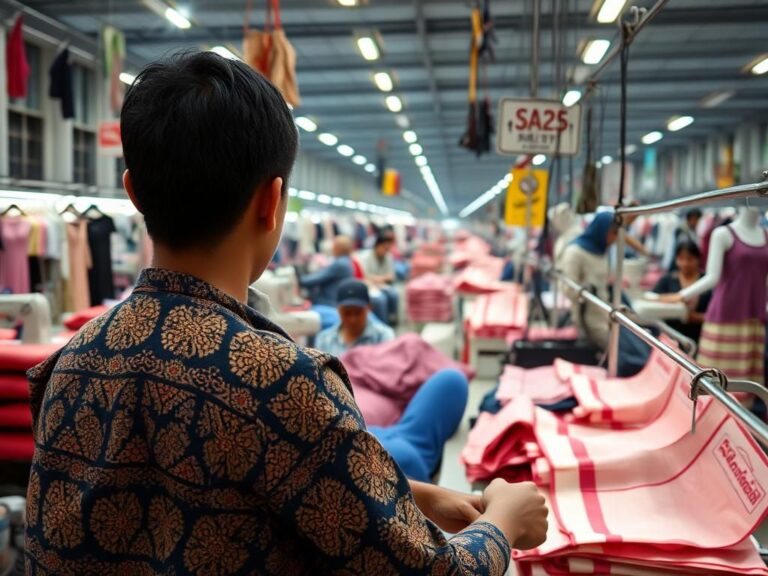Cambodia has averted a potential economic crisis. A steep tariff increase, initially proposed at 49%, has been dramatically scaled back to 19%, offering a crucial reprieve to the nation’s vital garment and footwear manufacturing sector.
The initial threat of a nearly 50% tariff posed an unprecedented challenge to Cambodia’s economy, highly reliant on exports to international markets. The garment and footwear industries constitute a cornerstone of Cambodia’s economic output, employing a vast workforce and generating substantial revenue. This revision, following intense negotiations, significantly mitigates the risk of widespread job losses and factory closures. The reduction to 19% provides a critical window for businesses to adapt and navigate ongoing global trade complexities. The controversy stemmed from concerns about labor practices and potential political ramifications, fueling the initial tariff proposals. While the lowered tariff offers a temporary solution, it does not fully address the underlying issues that led to the initial threat. Some analysts suggest this may be a strategic maneuver, reflecting complex negotiations. Ongoing economic pressures, driven by inflation and global market volatility, continue to loom over the Cambodian economy, increasing the importance of maintaining trade relationships. Further developments in these trade negotiations will be critical for the long-term stability of Cambodia’s economy.
The tariff reduction offers a temporary measure of stability for Cambodia’s garment industry, yet it remains uncertain whether this outcome is sustainable in the face of complex geopolitical pressures. Will the industry be able to achieve further concessions or face a new round of challenges?




